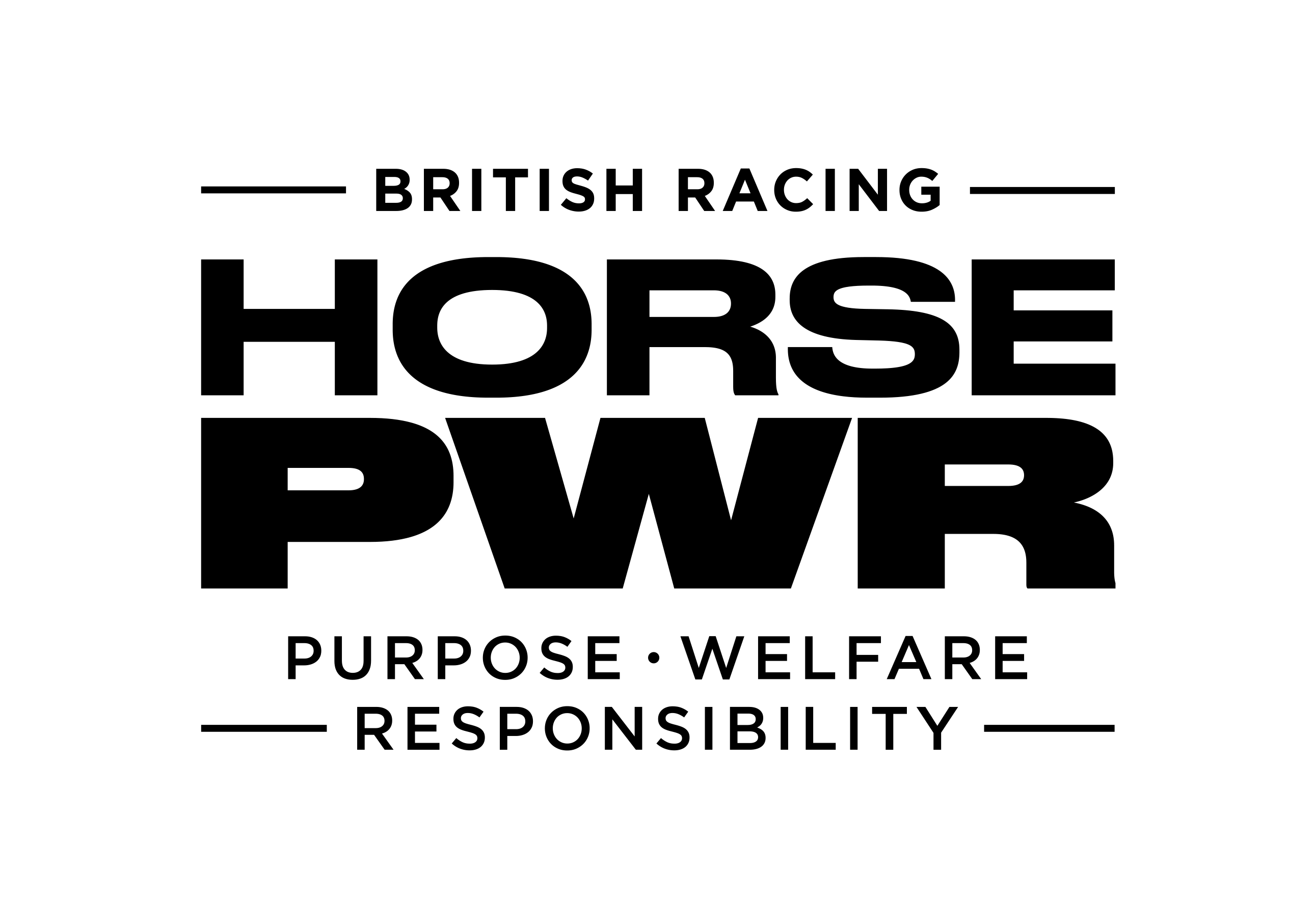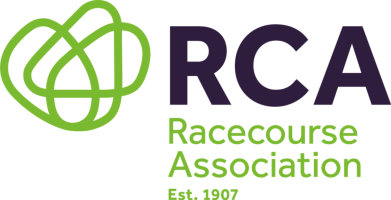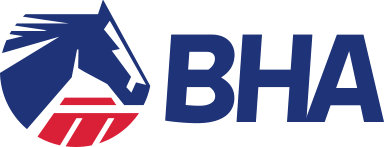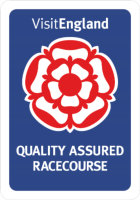Elite horse racing has become a global spectacle, but nowhere is its competitive spirit more apparent than in Britain and the United States. Each country hosts a set of classic races, beloved for their tradition and drama, yet their approaches diverge in notable ways.
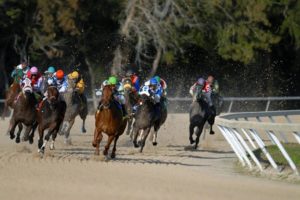
Racing at Belmont, home of the first leg of the US Triple Crown
From surface and style to prize money and regulation, understanding these differences offers a deeper appreciation of what makes each nation’s classics unique and why the debate over which is “better” remains unresolved. This article explores how the British and American racing worlds collide and contrast, revealing what sets each apart for the thoughtful fan.
Contrasting Differences: Turf traditions and Dirt dominance
In Britain, racing is synonymous with lush turf. The majority of major British races, including the iconic Derby at Epsom and Royal Ascot’s prestigious events, are contested on carefully maintained grass tracks. Turf racing on all-weather surfaces is common in the winter, yet the green expanse of classic courses shapes the very identity of British racing, despite noble efforts on the part of the likes of Chelmsford and Lingfield’s Easter bonanza.
The United States, in contrast, centres its classics around dirt. The Kentucky Derby, Preakness Stakes, and Belmont Stakes—the revered Triple Crown—are all run on dirt ovals. While turf has gained a foothold at some American tracks, like Kentucky Downs, it remains less popular.
This surface distinction does more than set the stage; it shapes the kind of horses who succeed, and the styles of racing fans have come to expect. Dirt racing favours early speed and stamina, while turf events in Britain often reward tactical prowess and a late surge.
Race Structure & Spectacle: Fields, Distances & Obstacles
British and American racing structure their showpiece events in markedly different ways. The Grand National at Aintree, for instance, stretches over 4 miles and 2½ furlongs and demands stamina and jumping skill over 30 formidable fences.
Its American counterpart, the Grand National at Far Hills, is shorter—2⅝ miles with just 14 obstacles—emphasizing speed and agility over relentless endurance.
Fields also differ in size and spectacle. The British classics often feature larger, more crowded fields; the 2024 Grand National, even after a reduction, drew 36 runners. The American Grand National saw just eight. British and Irish major handicaps often need to ballot out lower weights, such is their popularity.
This disparity affects not only race tactics but also the drama experienced by fans and jockeys alike. Larger fields in Britain make for a more unpredictable contest, while American races tend to focus on a handful of leading contenders.
Prize Money & Prestige: Stakes in the spotlight
When it comes to purses, American races frequently overshadow their British equivalents. The Kentucky Derby currently offers $5 million, drawing massive crowds and global attention. The Breeders’ Cup Classic ups the ante further, with a $7 million purse, making it a magnet for international contenders.
British classics, while rich in history, generally offer smaller rewards. The Epsom Derby’s prize is around $2 million, and the Grand National stands at £1 million. Ascot, Ypork and Goodwood have collaborated together to win runners from all over the world, relying on the cachet of winning in Britain against the sheer weight of cash offered in the US.
These figures highlight a fundamental difference: in the US, commercial spectacle and financial stakes are integral to racing’s appeal. In Britain, the prestige often lies more in tradition and legacy than in the sheer size of the purse.
Rules, Regulations and the role of medication
Governing bodies and regulatory frameworks differ sharply between the two countries. Britain’s centralized authority, the British Horseracing Authority (BHA), enforces uniform rules on medication, whip use, and equipment. This centralized model ensures consistency across all British courses and events.
In the US, regulation is fragmented. Each state sets its own rules, and oversight is shared among several organizations, including the National Steeplechase Association for Jumping and the US Jockey Club. The use of race-day medication, especially Lasix, remains common in the US, despite controversy and efforts to restrict it.
By contrast, the UK’s stricter rules and harsher penalties for violations have fostered a reputation for “cleaner” racing. The regulatory divide has implications for both animal welfare and public perception of the sport.
The Betting Experience: Access, Systems & Fan engagement
Betting culture is deeply embedded in both traditions, yet the experience varies. In Britain, a mature network of bookmakers—both on-course and online—enables fans to shop for odds and place bets from anywhere. The UK’s Tote system is widely used, and betting is legal and accessible for most adults.
For newcomers looking to learn how to bet, this open environment provides ample opportunities to explore different systems and strategies.
The US approach is more limited, with the pari-mutuel system (pool betting) dominating and online wagering only permitted in about half the states. In-person betting at the track remains the norm for many fans.
This regulatory landscape is slowly shifting, as more states legalize online sports betting. Still, the American focus on the pari-mutuel model, with odds determined by the betting pool, creates a different dynamic from Britain’s fixed-odds marketplace.
Cultural rituals and Spectator experience
Both nations elevate their marquee races into grand social events, though customs diverge. In Britain, traditions like the Royal Enclosure at Ascot—where top hats and formalwear are required—highlight a connection to royal pageantry. The Epsom Derby and Grand National blend popular enthusiasm with historic ritual, drawing crowds from all walks of life.
American classics like the Kentucky Derby are famed for their pageantry, but with a more relaxed edge. At Churchill Downs, traditions include the garland of roses, mint juleps, and vibrant hats, yet dress codes are less strict than at Britain’s most exclusive venues.
The spectacle of the crowd—280,000 strong during Ascot Week — underscores the communal nature of these events, making them as much a social occasion as a sporting contest.
Looking ahead: Evolving traditions and shared challenges
The rivalry between British and American horse racing classics is both a celebration of difference and a sign of shared challenges. Both countries face growing scrutiny over animal welfare, the role of medication, and the need to adapt to a new generation of fans.
Each side continues to evolve—Britain by safeguarding tradition while modernizing its approach, the US by balancing spectacle with integrity reforms and expanding access.
As racing navigates the next era, its classics remain more than just sporting contests. They are living traditions, shaped by culture and commerce, and enriched by friendly international rivalry.
For fans and newcomers alike, the best way to appreciate the sport’s full scope is to engage with both, recognizing that their differences are what keep the world’s oldest sport vibrant and alive.



